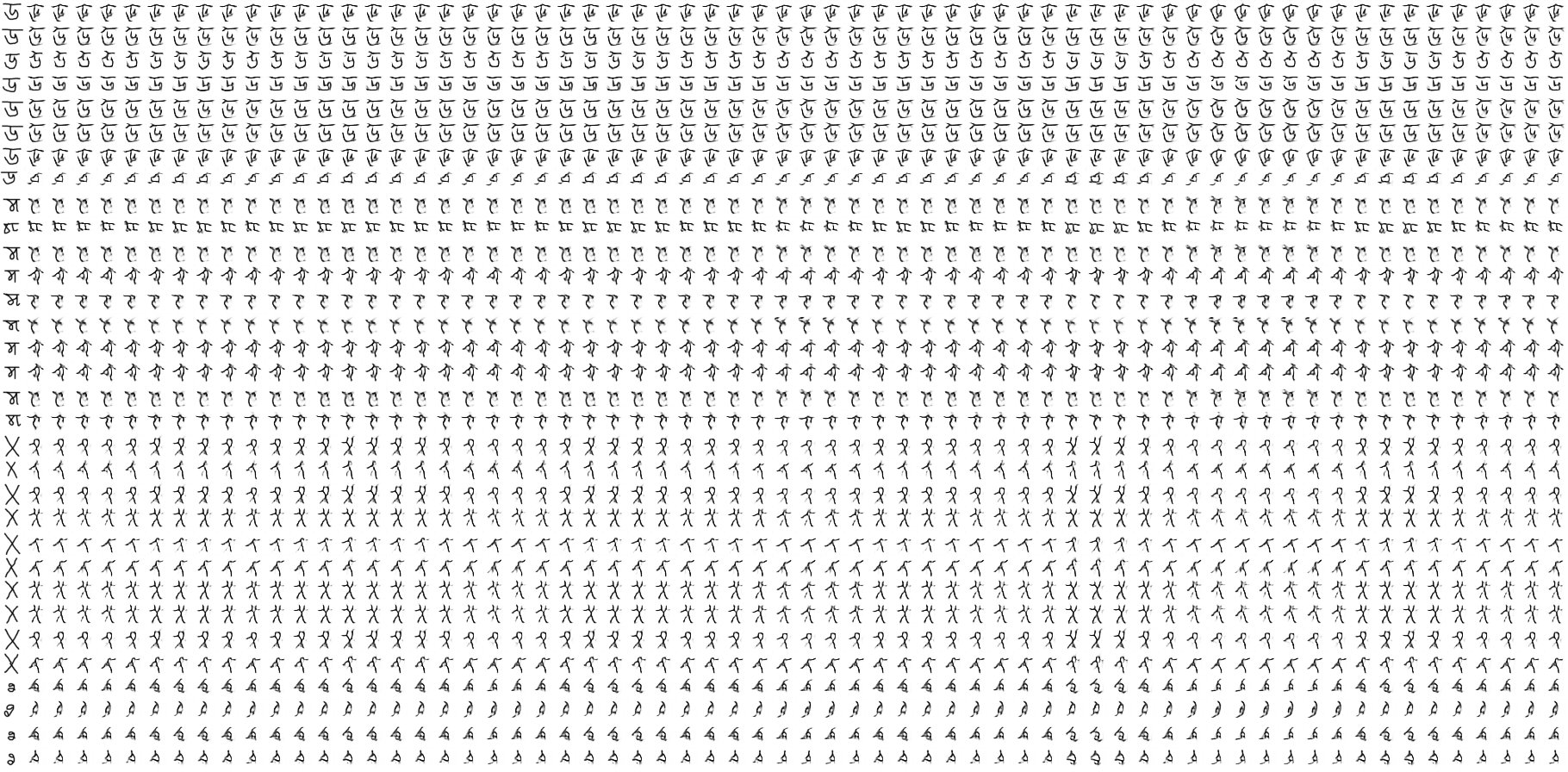Data Augmentation Generative Adversarial Networks
Effective training of neural networks requires much data. In the low-data regime, parameters are underdetermined, and learnt networks generalise poorly. Data Augmentation alleviates this by using existing data more effectively. However standard data augmentation produces only limited plausible alternative data. Given there is potential to generate a much broader set of augmentations, we design and train a generative model to do data augmentation. The model, based on image conditional Generative Adversarial Networks, takes data from a source domain and learns to take any data item and generalise it to generate other within-class data items. As this generative process does not depend on the classes themselves, it can be applied to novel unseen classes of data. We show that a Data Augmentation Generative Adversarial Network (DAGAN) augments standard vanilla classifiers well. We also show a DAGAN can enhance few-shot learning systems such as Matching Networks. We demonstrate these approaches on Omniglot, on EMNIST having learnt the DAGAN on Omniglot, and VGG-Face data. In our experiments we can see over 13% increase in accuracy in the low-data regime experiments in Omniglot (from 69% to 82%), EMNIST (73.9% to 76%) and VGG-Face (4.5% to 12%); in Matching Networks for Omniglot we observe an increase of 0.5% (from 96.9% to 97.4%) and an increase of 1.8% in EMNIST (from 59.5% to 61.3%).
PDF Abstract ICLR 2018 PDF ICLR 2018 Abstract


